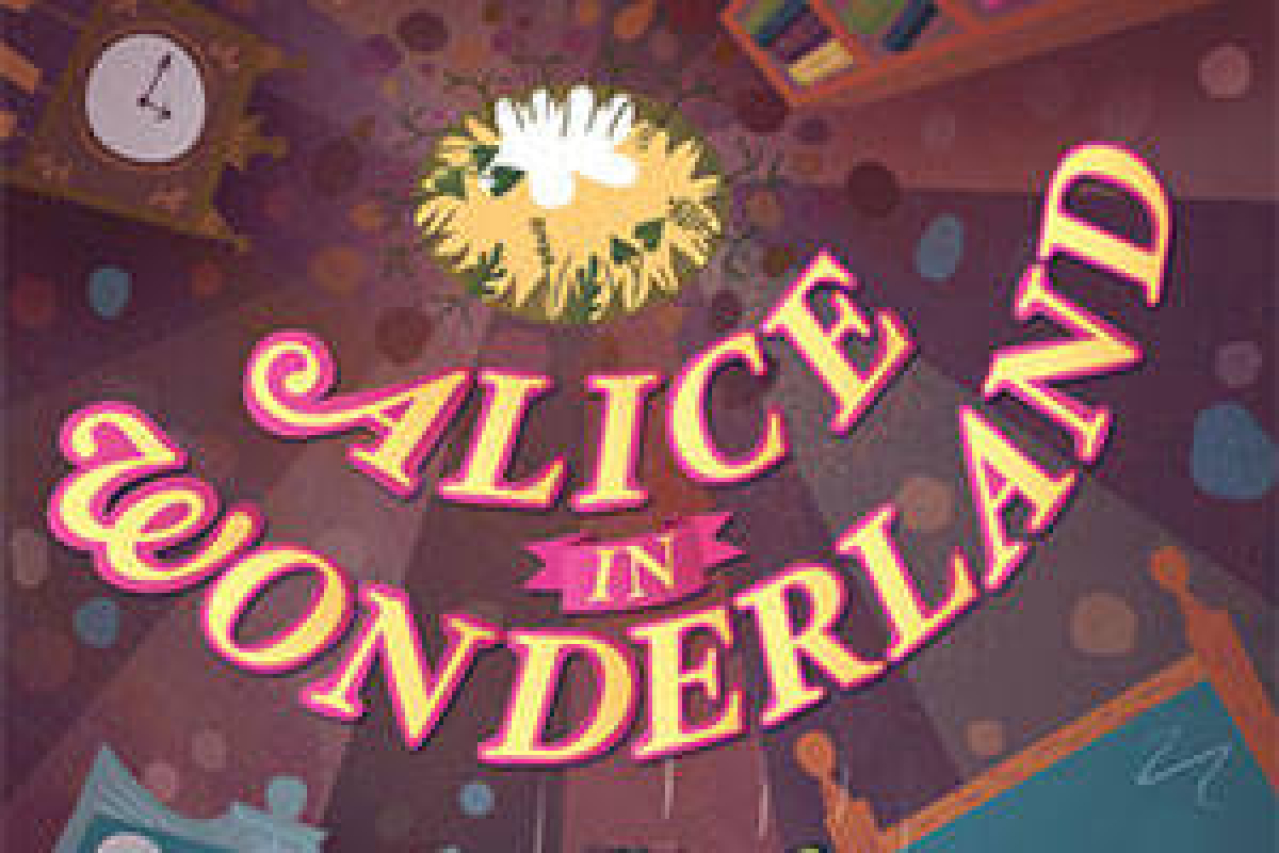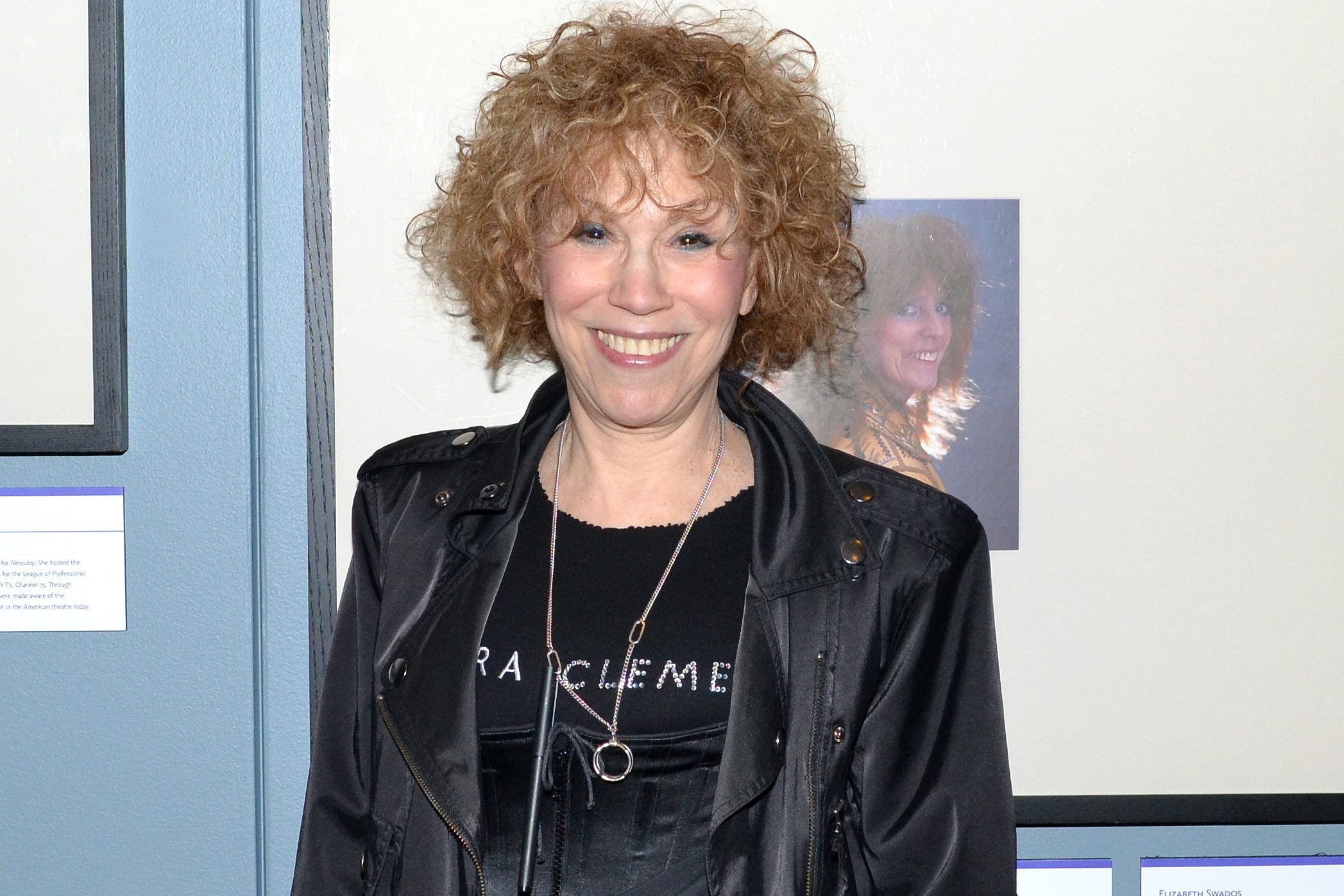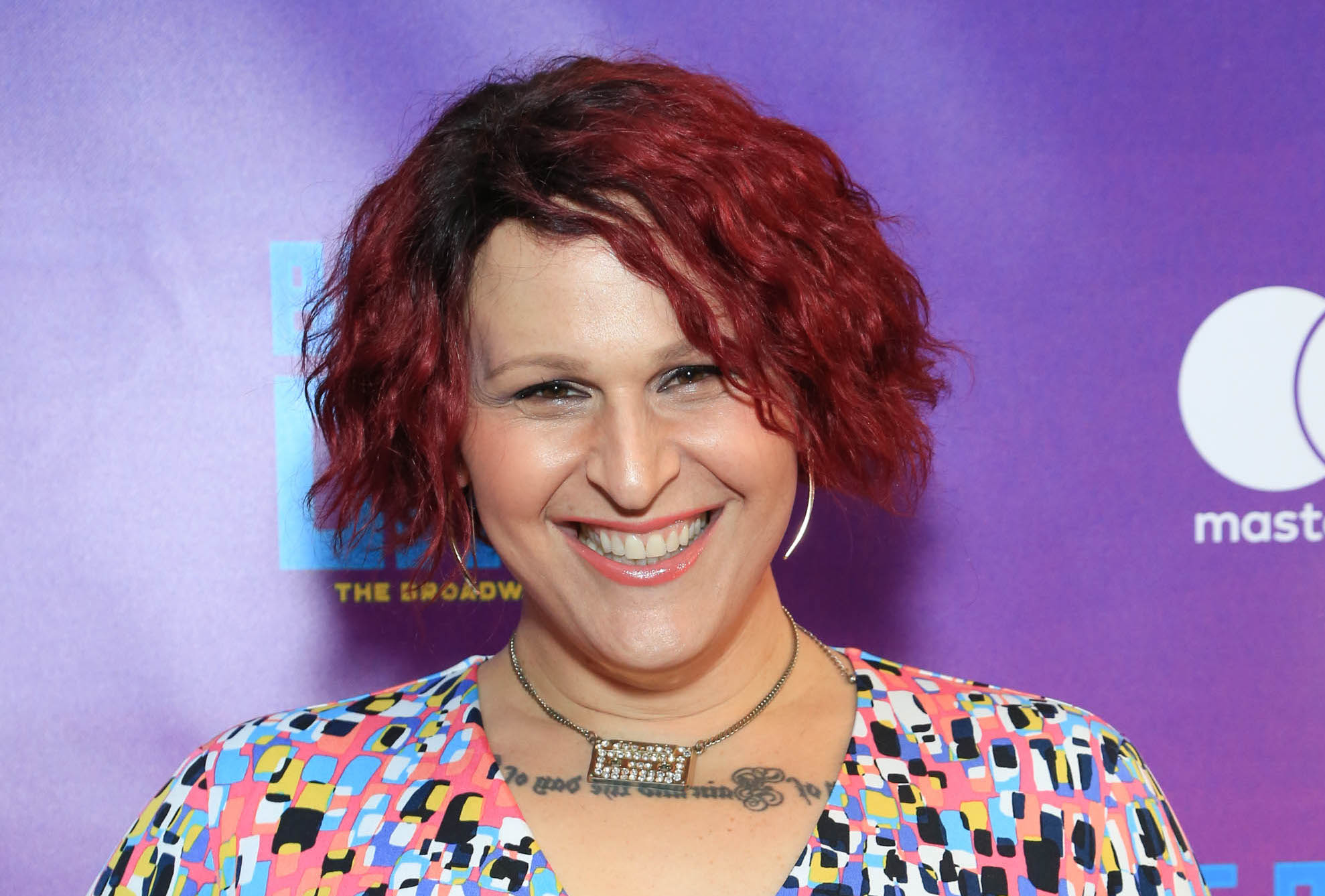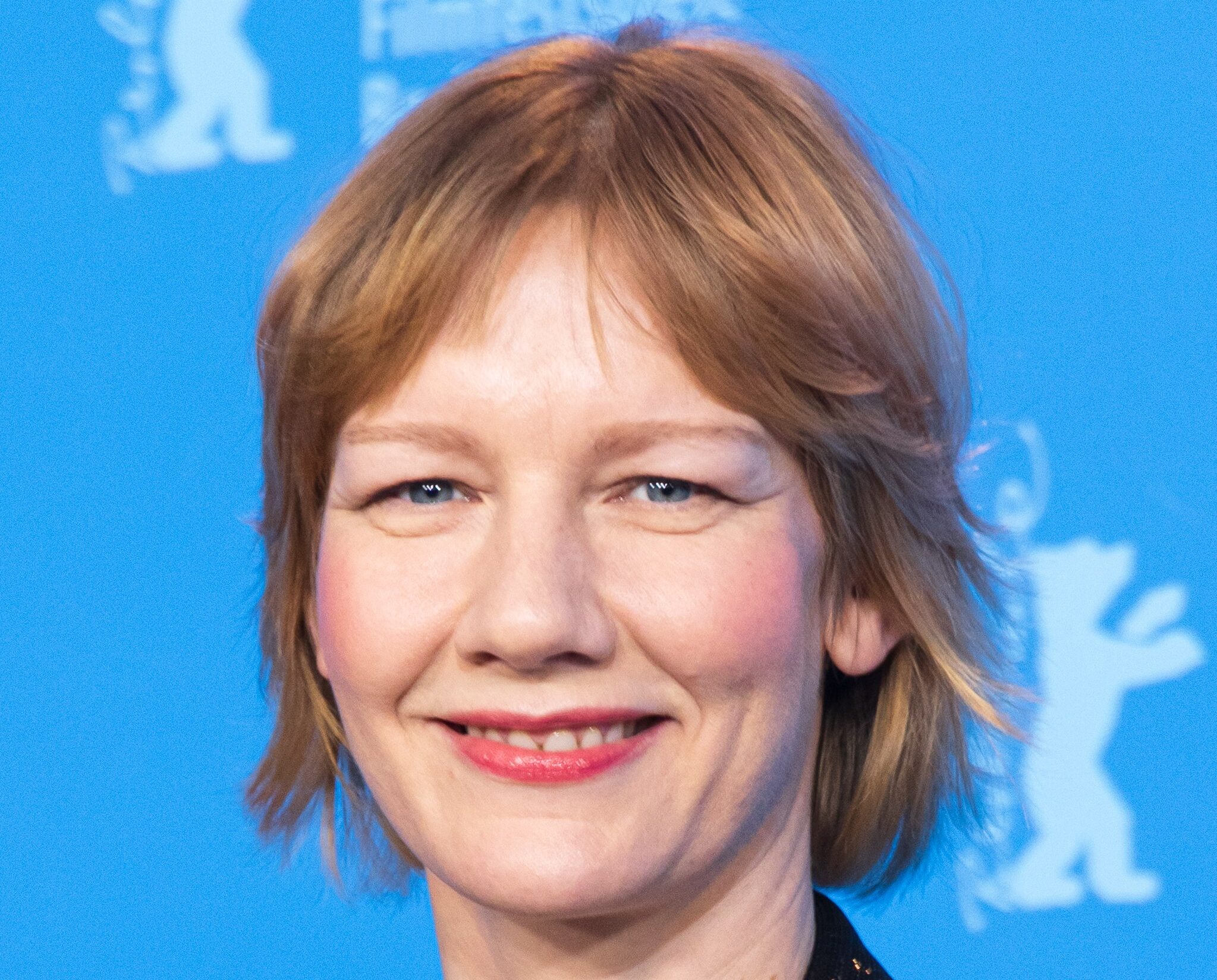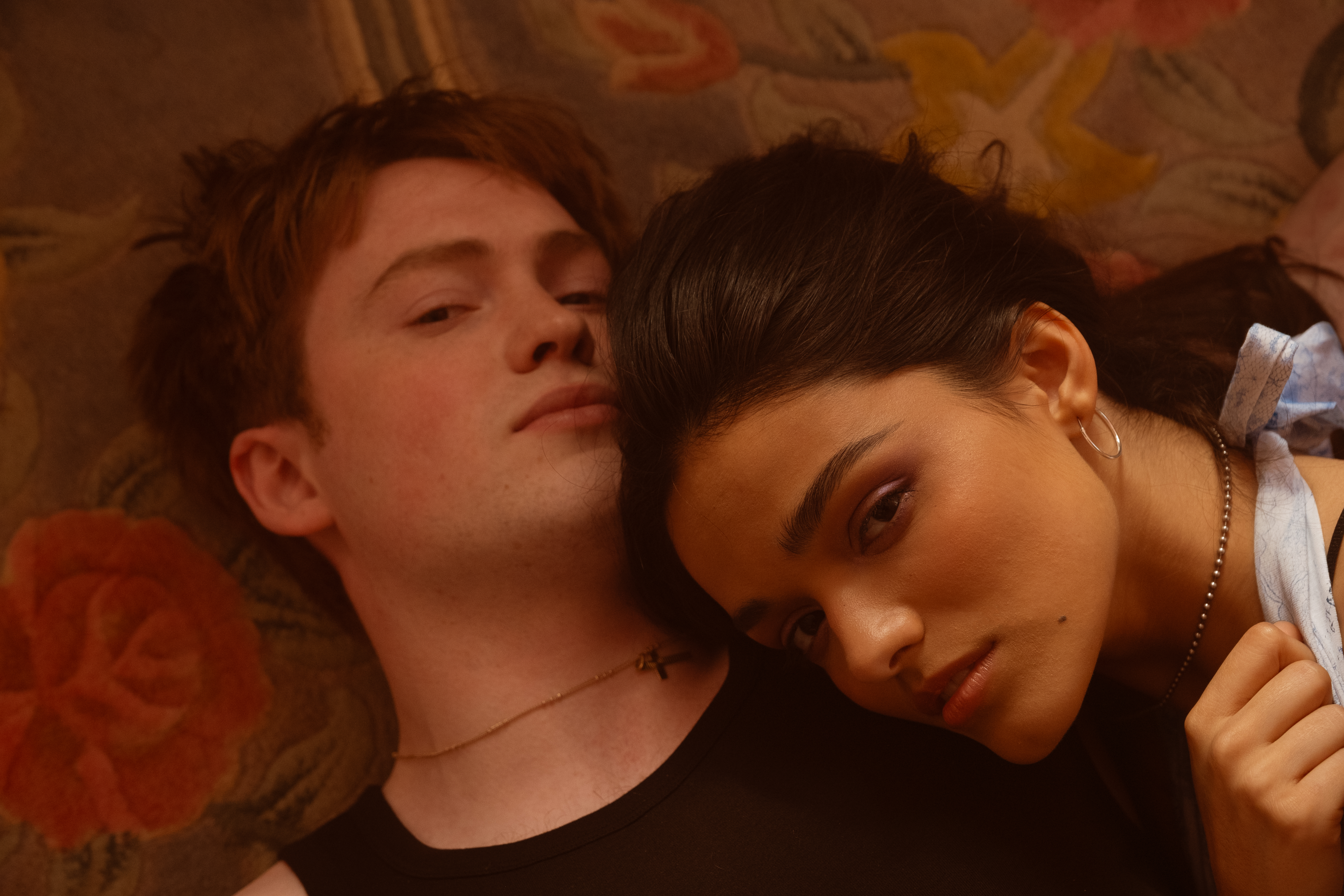Alice in Wonderland
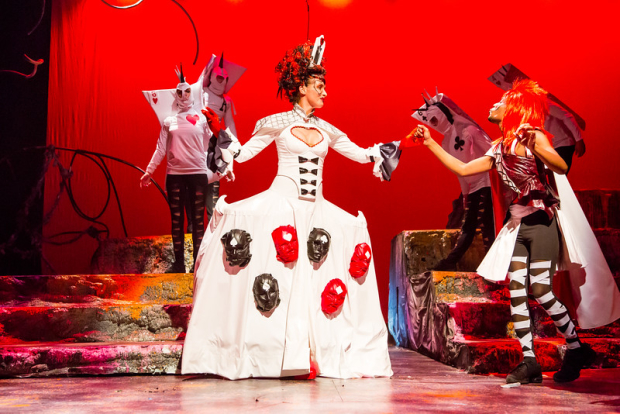
(© Johnny Shryock)
Unlike their many wordless productions, Synetic Theater's latest show, Alice in Wonderland, is a world premiere with a text by Lloyd Rose, who borrows heavily from Lewis Carroll's book Alice's Adventures in Wonderland. What allows this production to succeed, however, is neither the original work nor Rose’s script; rather it is its director Paata Tsikurishvili's ability to transform a priceless work of literary art into something playfully provocative onstage.
Rose begins this take on Alice with a new twist: Alice's mother introduces her to a new governess, a cruel woman who takes away Alice's favorite toy, a stuffed white rabbit. When Alice encounters a large, walking, talking version of her White Rabbit, she follows it, spinning into an illogical world. There she finds doors that are too small for her to pass through. She shrinks and grows accordingly until she becomes the right size to fit into Wonderland, where she finds a large version of another favorite toy, the Cheshire Cat, who directs her to the daily tea party of the Mad Hatter, the March Hare, and the Dormouse. Through 11 short scenes, Rose introduces many of Carroll characters.
Kathy Gordon is a charming, no-nonsense Alice trapped in a nonsensical world. In line with Tsikurishvi's image of this production as an examination of the difficult journey from childhood into awareness, Gordon neatly expresses the paradox of youth capable of inexplicable strength and intelligence. Tori Bertocci beautifully plays the White Rabbit as a high-strung, frantic character, obsessively begging for carrots and checking her huge watch. Alex Mills is perfect as the Cheshire Cat — calm, lithe, and loose-limbed, conveniently aiding Alice whenever she needs help. Dallas Tolentino plays the Mad Hatter, Zana Gankhuyag plays the sleepy Dormouse, and Justin J. Bell plays the March Hare. Together they make a hilarious team at their tea party, arguing concepts of time with Alice.
Vato Tsikurishvili is brilliant twice over. He first appears as the hookah-smoking head of the Caterpillar; his fearful presence depends on the well-coordinated nether-regions of his body (played by five members of the ensemble). He later appears as the word-obsessed Humpty Dumpty, who lectures Alice on the need for verbal control, before clumsily tumbling off a wall. The imprisoned Dodo is played with grace by Eliza Smith, whose "Lobster's Quadrille" (with Gankhuyag as the Lobster) is one of the high points of the production. Renata Loman infuses her role as the evil Red Queen with appropriate viciousness and spite. Tying the flow of the production together is Irina Tsikurishvili, whose choreography lends itself perfectly to the ebb and flow of Alice’s fantasy world, proving once again how essential her work is to the success of a production.
Set designer Daniel Pinha has created a marvelous environment for this Alice. Three tall arches draped with long, pastel-colored material span the stage. Alice's bedroom is located in one of the smaller arches. The largest central arch splits at times to open up the stage for the larger-than-life moments. Colin K. Bills' lighting design helps enhance everything from Alice growing taller to a cascading blue lights that illustrate Alice's tears.
Costume designer Kendra Rai is full of imaginative touches, including Alice's uneven bias cut dress, the Cheshire Cat’s purple wig, and matching red and black punk outfits with Mohawk haircuts for the scuzzy, Tweedle Dum (Thomas Beheler) and Tweedle Dee (Augustin Beall). The music that accompanies Alice in Wonderland, by resident composer Konstantine Lortkipanidze, is electronic and heavy on bell tones as a theme for Alice and discordant, dark organ music for the Red Queen. Though it is effective, it doesn't take the place of either song or poetry that might have better served the text.
Rose included many familiar quotes from Carroll, but little of his poetry. Although Tsikurishvili and his designers and technicians create a visual wonder world equal to the original, this Alice would have been even more effective and had a more stunning impact if Carroll's voice could be heard more clearly ringing through it.



